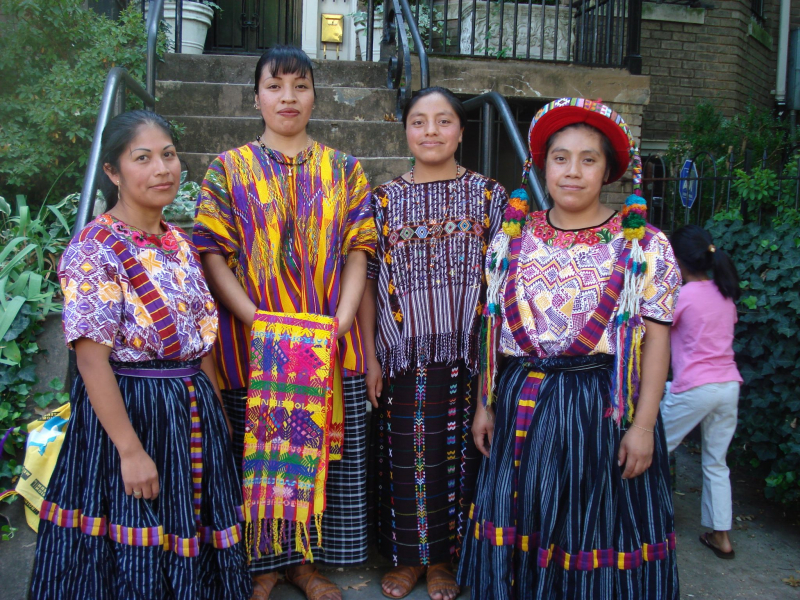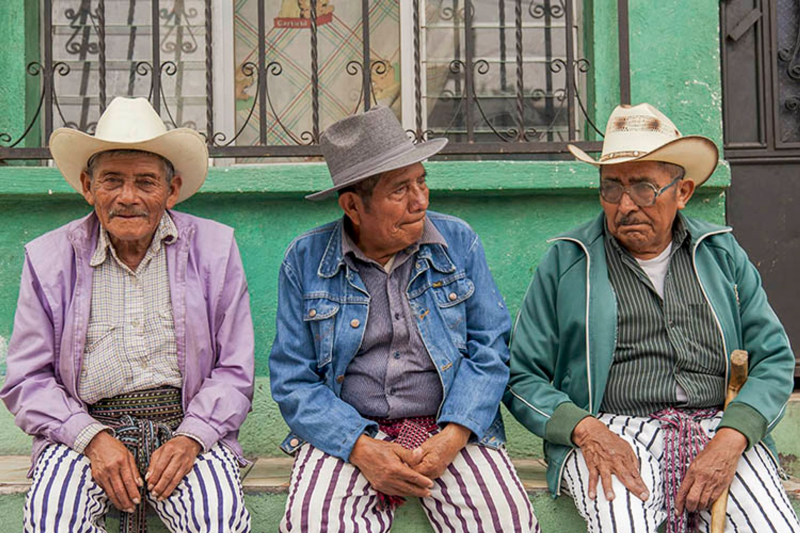Clothing
A huipil is a blouse for women that is typically hand-woven on a backstrap loom. Some of them require months to produce because they are so intricate. Each one is distinctively designed with artistic patterns and symbols, such as maize, intriguing creatures, or forms like diamonds. The climate of a region will determine how thick the huipil is there.
Cortes, or skirts, are frequently created by males and are more likely to be woven on foot-powered looms. These wrap-around skirts are made by sewing together many pieces of fabric to form a tube, then wrapping the extra fabric around your body and folding it into pleats. Each corte is supposed to last for years, and the cloth is often fairly thick. The extremely ornamental belts known as fajas are used to support women's cortes. They are often handwoven or embroidered and range in length from six to nine feet. The belts can be up to a foot broad or as thin as a few inches.
Although less overtly maintained than the dress worn by women, men also wear traditional attire. Men still don specially made pantalones woven by women on back-strap looms in various areas of Guatemala. These can be extremely intricate, just like huipiles. Men can still be seen wearing rodilleras in the Solola area. This woolen garment is used to keep men warm in cold weather and cool in hot weather by removing their pants.









